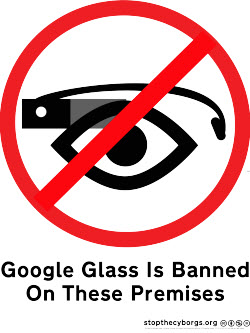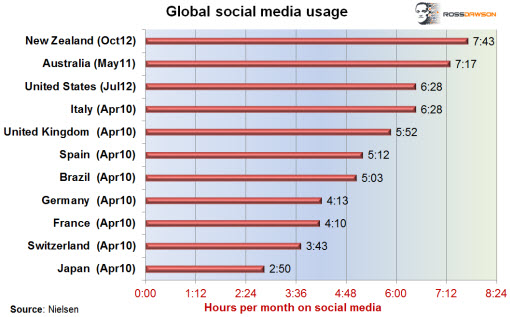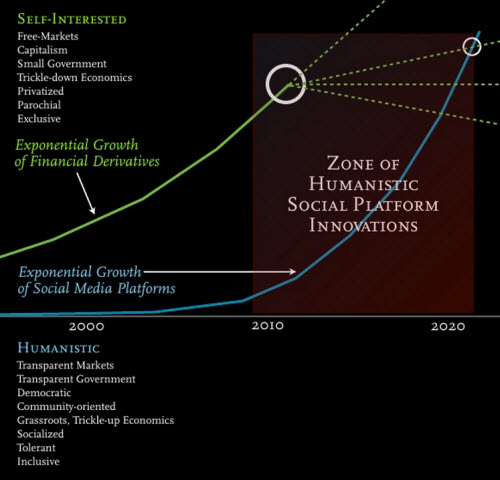Promoting alcohol on social media: where do we draw the line?
Last Friday I was interviewed for a segment on ABC 7pm News about alcohol advertising on social media. Click on the image below to see the video.
The piece begins:
Read more →
Last Friday I was interviewed for a segment on ABC 7pm News about alcohol advertising on social media. Click on the image below to see the video.
The piece begins:
Read more →
[UPDATE] LinkedIn has now restored this functionality. They have variously said that it is a test they were running and a technical issue. Whatever the reality, hopefully the weight of users’ voices is helping LinkedIn to focus on supporting valued connections.
In 2011 I wrote about The continuing devaluation of LinkedIn connections.
When I first wrote the article I incorrectly thought there wasn’t a way to message people who had invited you to connect without first accepting the invitation. Commenters on my post as well as LinkedIn’s local PR company let me know that you could in fact do that.
The broader point I was making about the devaluation of LinkedIn connections still held, but the feature allowed me and others to sort through requests.
Read more →
The discussion is heating up around the forthcoming Google Glass augmented reality glasses and what will almost surely be a wave of similar devices from other companies.

Much of the conversation focuses on the ability of Google Glass to continuously capture video of wherever its user is looking. Following an insalubrious bar in Seattle announcing Google Glass-wearers would be banned from its premises, we are seeing the launch of handy Google Glass Ban Signs for whoever else wants to ban Google Glass, along with its potential for pervasive video capture.
A nice piece in Sydney Morning Herald titled Through the looking glass into the future does a nice job of reviewing the state of the nation on the topic.
The article quotes me:
Australian futurist Ross Dawson said that people largely accepted widespread video surveillance, but ”the idea of individuals recording video wherever they go is more pointed and uncomfortable”.
He said the technology may be the final straw in the erosion of privacy that sparked a social uprising and new legislation, but it was more likely that people would become used to ”a world in which almost everything they do is visible”.
One of the ways in which I use the frameworks I create is as a foundation for my keynote speeches. Since in many cases the frameworks are designed to distil the key ideas in a domain into a single graphic, they can provide a valuable lattice and flow for the ideas in a presentation.
Visual presentation tool Prezi can be a great way to do this, in showing the logic and structure of the framework through the presentation, while allowing me to zoom in through the presentation to illustrate the specific detailed concepts.
I have used Prezi in this way for keynotes on The Transformation of Business and The Transformation of Government.
For the current Tomorrow-Ready CIO series of events run by CIO Magazine and IBM I am using Prezi to run through my recently created Future of the CIO framework. The Prezi is below.
Earlier this month Air New Zealand ran its second Social Media Breakfast in Auckland, with close to 1,000 people coming to see Teddy Goff, the Digital Director of Obama’s campaign, and myself speak. The number of attendees had increased since Randy Zuckerberg spoke at the first Social Media Breakfast last July, and now Air New Zealand intends to run the event regularly through this year.
Below is a brief but nice highlights video of the event, including highlighted excerpts from my and Teddy’s keynotes.
On February 13 I will speak at Air New Zealand’s Social Media Breakfast in Auckland, together with Teddy Goff, Obama’s Digital Director, with an expected audience of close to 1,000.
Air New Zealand ran its first Social Media Breakfast in July last year with Randi Zuckerberg as key speaker, with the exceptional success of the event leading the airline to continue the series with the second breakfast next week. While Air New Zealand is the 36th largest airline in the world, it ranks 6th in its social media presence.
In preparing for the event I have been looking at data on New Zealand’s usage of social media. I was surprised to find that there is a fair chance that New Zealand has the highest rate of social network usage in the world.

The chart above shows a summary of data from Nielsen on the time spent per month on social networks in a variety of countries around the world.
Read more →
I recently wrote Why conversational skills are needed to create a high-performance, engaged, networked organization, reflecting on an executive roundtable discussion I lead as part of the 21st anniversary celebrations of the Graduate School of Business of the University of New England.
The roundtable was also written up in the Australian Financial Review, which provides a good summary of the discussion in a piece titled Conversation killers: managers who can’t talk the talk.
Interestingly, what the journalist drew out from my contributions was about the rise of microblogging:
Dawson said micro-blogging had soared with employers including Deloitte, the NSW Department of Education and NSW Department of Premier and cabinet using microblogs for internal communication with staff. “Of all the social media platforms microblogging is the most akin to conversation,” he said. “Email is not going to die, but it is reducing,” he said.
I just came across the excellent visual presentation at the bottom of this post by information designer Gong Szeto on Design as Derivative: Weapons of Mass Disruption.

Source: Gong Szeto
Financial derivatives are collectively one of the most complex human-created domains, which systemically can have a massive impact in the real world.
Read more →
I have been frustrated recently in having been too busy to blog about all but a handful of the insights generated in my many client engagements over the last months. Fortunately things are close to easing up into the end of the year so I’ll try to cover a bit of the backlog.
This afternoon was the last of 3 Round Table discussions I moderated as part of the 21st anniversary celebrations of the Graduate School of Business of the University of New England. This session’s topic was the art of conversation.
It was a rich discussion, and there was much to take from it. I was interested in the skills we identified that are clearly vitally important to successful organizations, yet often significantly underdeveloped.
Conversation is vital for today’s organizations for many reasons, including:
– Customer engagement. We now all understand that markets are conversations, and organizations must have great ability to build real conversations with their customers in a world of social media.
Read more →
I just realized I missed my 10th anniversary of blogging. My first post on the Trends in Living Networks blog was on October 5, 2002, beginning:
The emergence of the “living web”: In just the same way as the networks are coming to life, the language that we use to describe this new world is emerging and evolving. In the last few months, the blogging community has started using the term “living web” to describe the flow of information in the networks.
